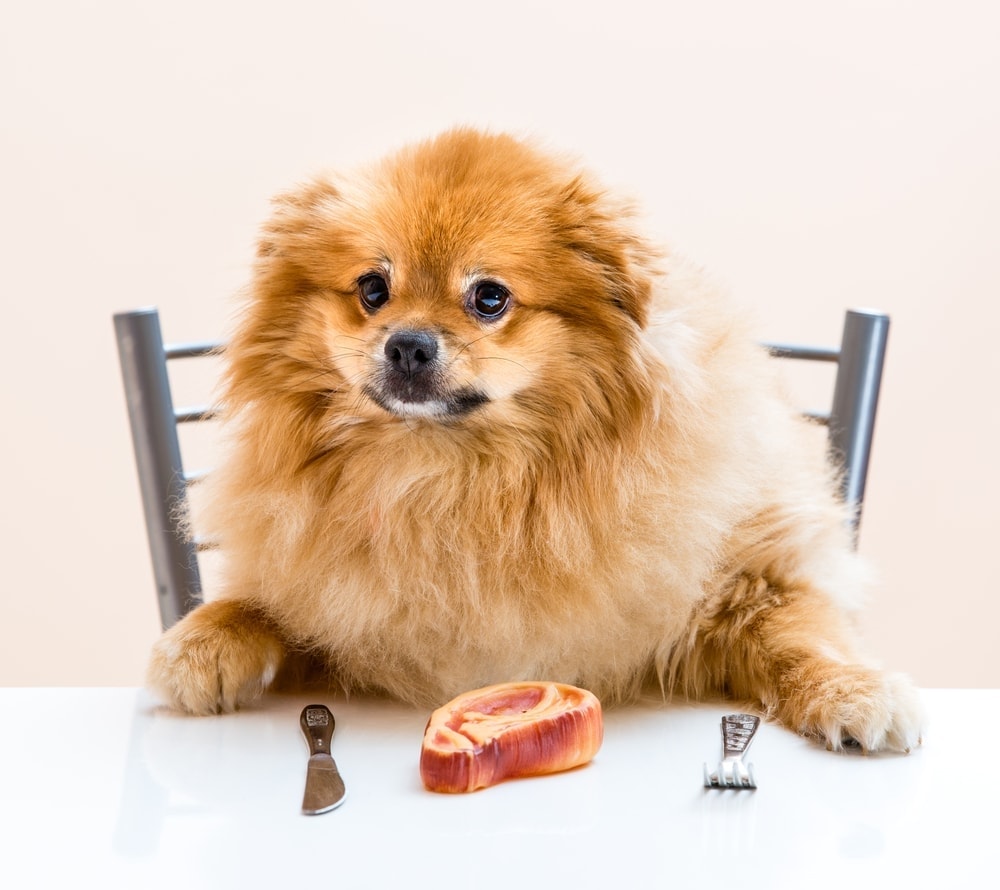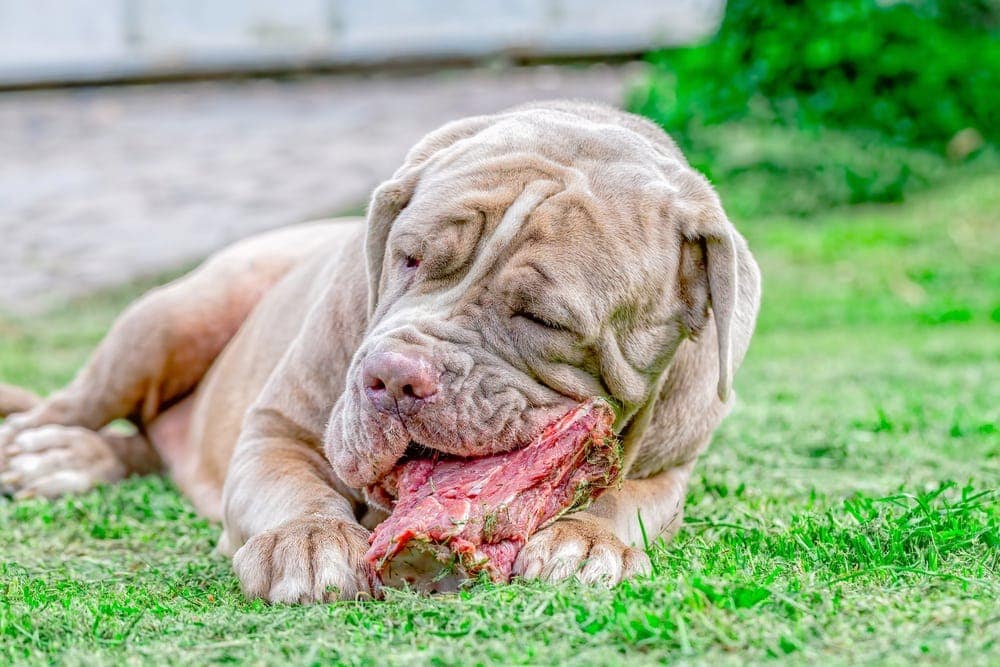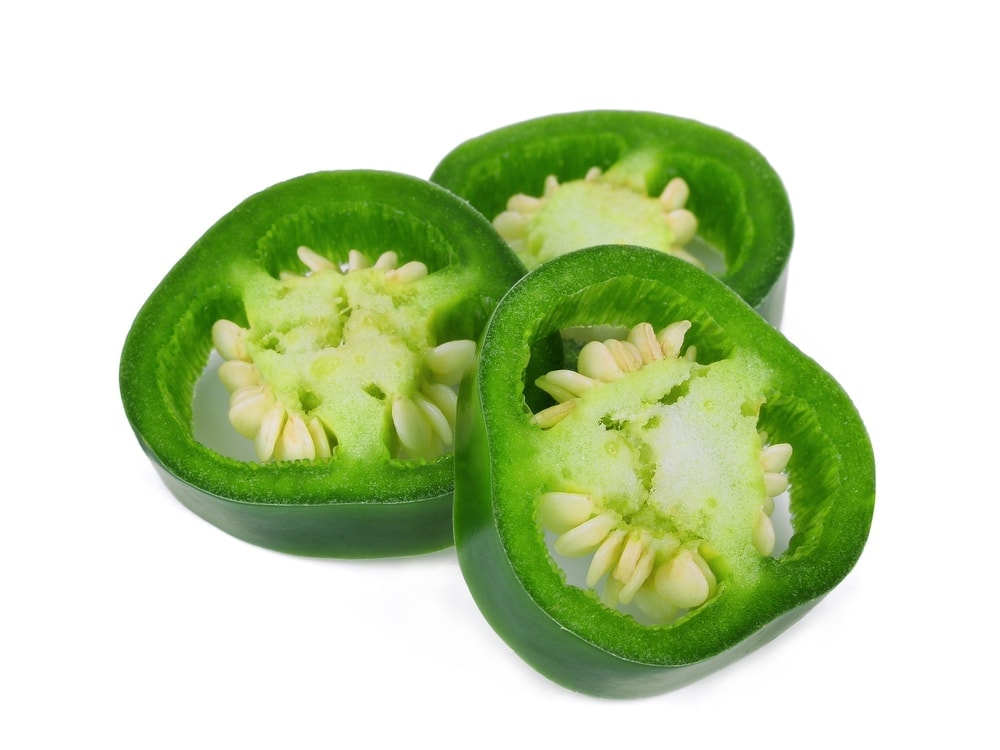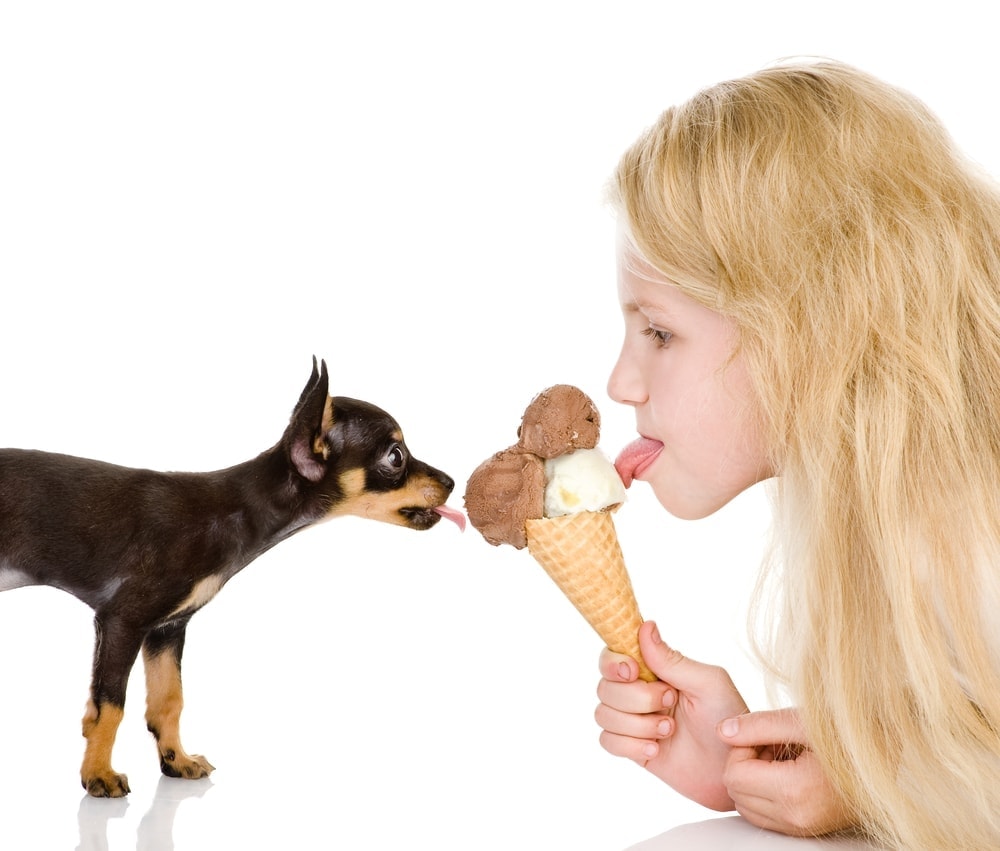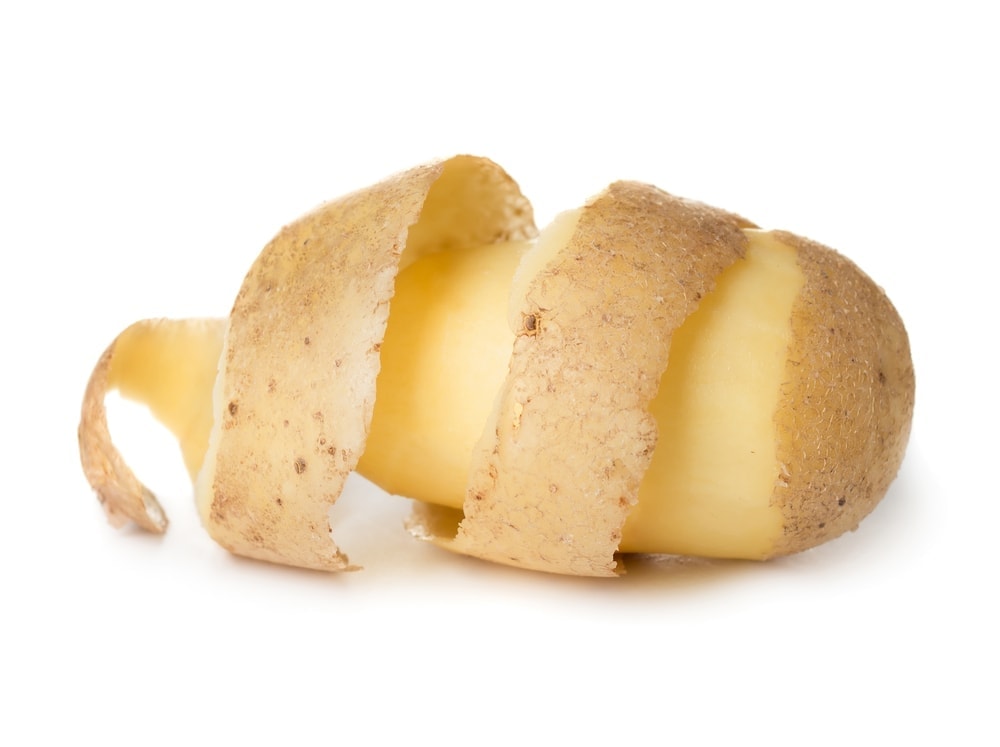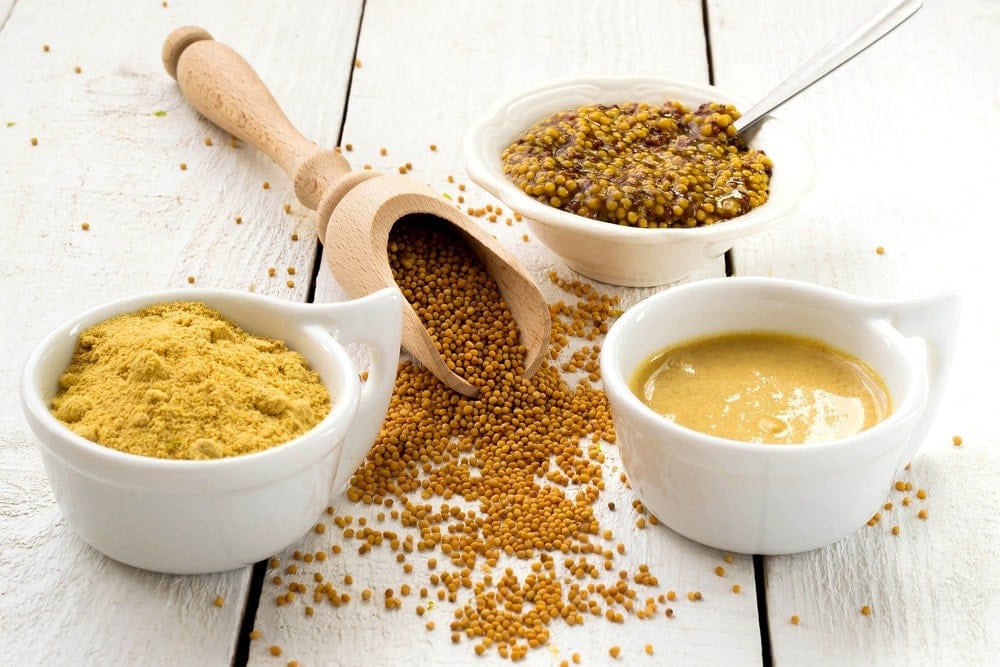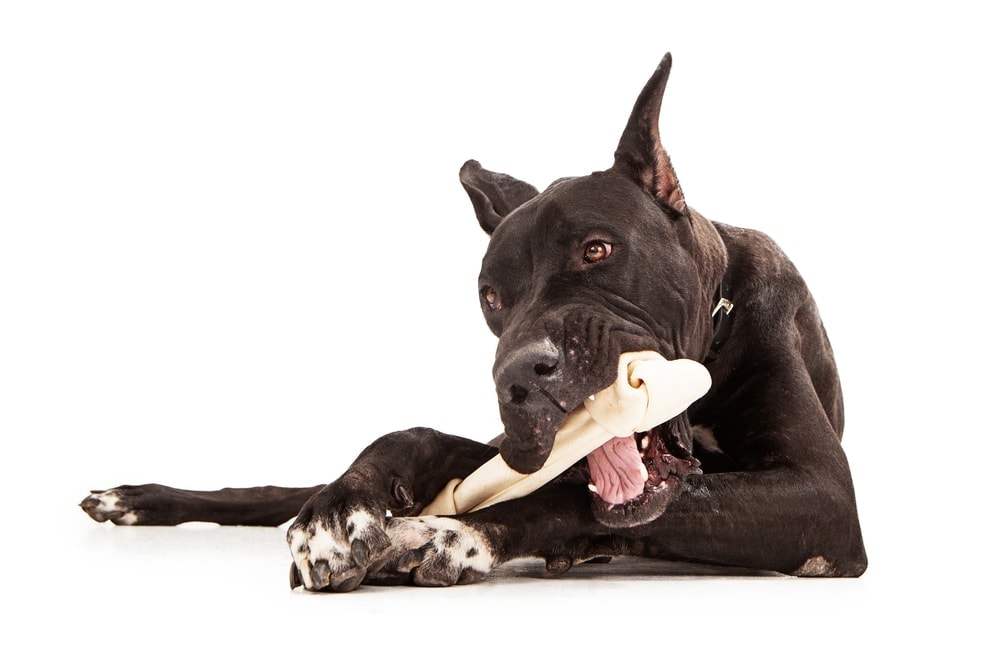One of the most common questions dog owners have is whether or not it’s safe to give their pup a T-bone steak and if steak bones are good for canine friends?
While it may seem like a tasty treat, there are a few things to consider before feeding your dog this type of meat.
In this blog post, we’ll explore the answer to this question and provide some helpful tips on how to keep your dog safe when enjoying a T-bone steak.
Can Dogs Eat T-Bone Steak?
While it’s usually okay for dogs to have the occasional piece of steak, t-bone steak, in particular, can pose a very serious threat. The main problem with this type of steak is that it has a bone in it. When you cook the meat, the bone turns brittle and prone to splintering.
This means that when your dog eats the steak, it is very likely that pieces of the cooked or raw bone will break off and cut their mouth. If your dog swallows any of these pieces of bone, they could puncture its intestines and cause internal bleeding.
Dogs love chewing bones but if their mouth gets cut up by bone splinters, the wounds in the mouth and throat could become infected. This turns a bad situation into something much worse. A bacterial infection of the mouth or even stomach lining can be fatal without immediate treatment.
Health Benefits of T-Bone Steak for Dogs
There is a multitude of health benefits that t-bone steak can offer your dog, but only in moderation.
1. Healthier Skin
Giving your dog the occasional piece of t-bone steak can actually improve the look and overall health of their coat and skin. T-bone steak meat contains Omega-6 fatty acids which are very good for your dog’s skin and fur. Protein and calcium-phosphorus contain in beef help your dog to develop muscles and bones.
2. It is Part of Their Natural Diet
A dog’s body is set up to digest meat, as it is a part of their natural diet. While you shouldn’t give your dog only meat, they are unlikely to have any issues digesting it. Protein is good for your furry friend but the diet should be good balanced.
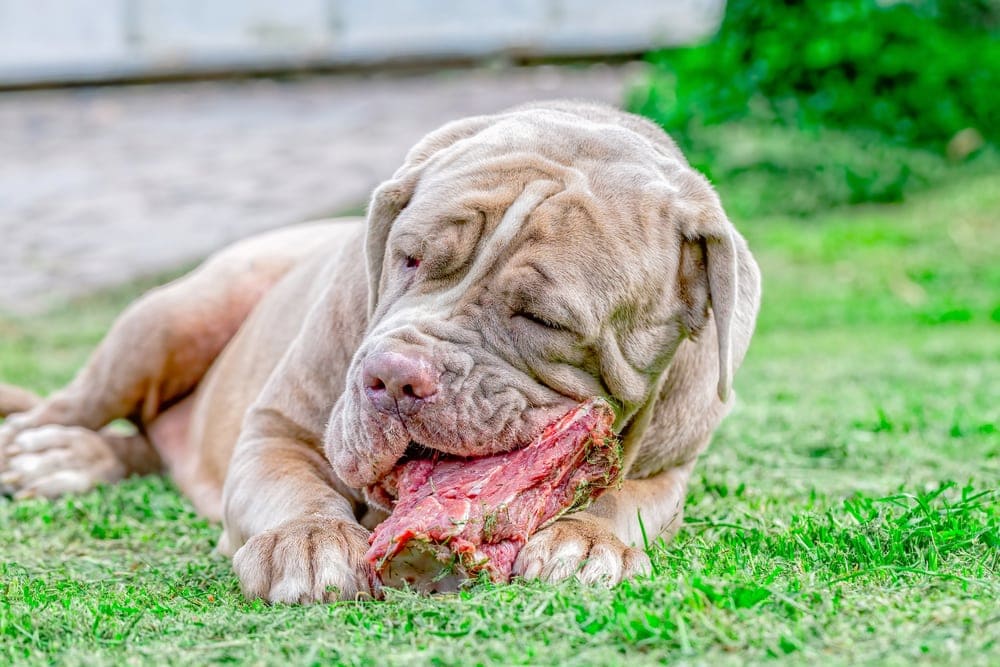
3. Stronger Immune System
Steak has antioxidant properties that can help keep your dog’s immune system running strong. This, in turn, will reduce the chances of them getting sick.
4. Clean Teeth
Another benefit that t-bone steak offers dogs is cleaner teeth. This food can actually help keep their teeth and mouth clean. It also has the potential to keep bad breath under control, which you will be sure to appreciate.
Dogs can eat t-bone steak, but it is not a good idea to include the bone. The meat itself is not harmful to these animals. It is the cooked bone that poses a real threat to their wellbeing. Beef bones are not as dangerous as chicken bones (as well all know) but as well not that good the same as pork bones.
How to Give Your Dog a T-Bone Steak
There are a number of things that you’ll need to keep in mind before giving your dog a t-bone steak.
1. Remove the Bone
Before you give your dog a T-bone steak, you’ll need to cut the meat off the bone. It is dangerous to eat t-bone steak bones for your dog even if it is cooked steak bone. This way it only gets the meat and not raw steak bone, which is very dangerous as we mentioned above.
Make sure that you cut the meat up into small pieces so your dog won’t have any problems swallowing it. If the pieces are too large, they might choke or even develop an intestinal blockage. So throw away all the leftover steak bones.
Avoid any bones that are already cut into smaller pieces as they pose a more immediate choking hazard. If you want your friend to enjoy something that the dog chews for a long time better to use vet-approved dog treats from a pet store.
2. Don’t Add Any Dressings
You should avoid putting any sauces or spices on the meat that you give your dog. This greatly increases the chances of a negative reaction. There are lots of potential issues associated with giving a dog barbeque sauce or just about any spices.
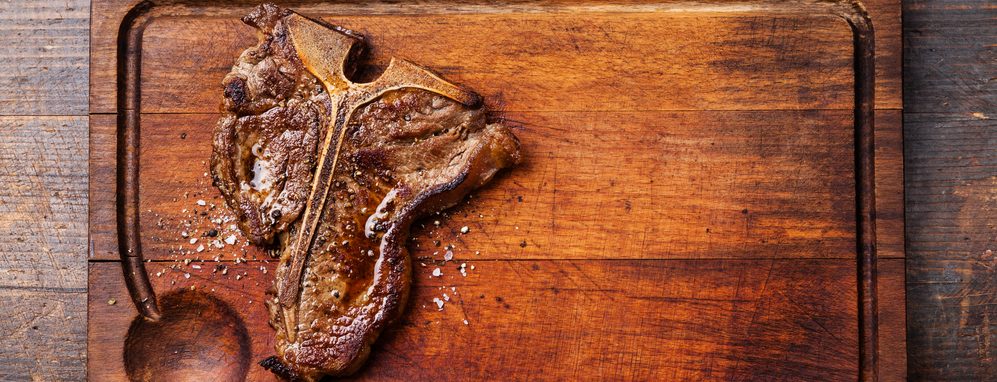
3. It Should Be a Special Treat
As delicious as t-bone steak is, it should only be given to dogs as a special treat. Giving your dog this food too often can make it fat, which comes with its own set of health risks. An obese dog is at greater risk of developing diabetes, which is a very serious condition.
4. Always Cook it Thoroughly
It is never a good idea to give your dog a raw t-bone steak to eat. because they can get salmonella While dogs can digest raw meat, it is not recommended. The fact is that raw food often contains certain harmful bacteria that can cause serious infections.
You can pan-fry or grill the steak, as long as it is cooked through properly. This will go a long way towards reducing the chances of health problems with your canine companion. It is not a good idea to serve your dog rare meat of any kind.
5. Don’t Put in with Their Regular Food
Make sure that you give your dog the t-bone steak in a separate bowl than what they usually eat out of. By mixing human food like steak with their regular food, they might come to expect it as an everyday thing. This will help with minimizing whining and begging, which can get pretty annoying, to say the least.
Can I Give Any Bones to my Dog?
Cooked bones of any kind are not digestible for dogs, splinter into shards, and can cause serious illnesses. Doesn’t matter much if it is turkey, lamb, pork, beef, or chicken. Brittle bones can cause serious damage to your dog’s digestion system. Cooked bones after being prepared are losing all the nutritious components and might cause possible perforation of the intestine or throat either on the way down or on the way back up if the dog vomits.
At the market, you can buy in the local butcher shop marrow bones for dogs. These are giant raw bones, something like a piece of the femur, and they are not only safe but very good for dogs’ health and dog teeth brushing.
Should I Put My Dog on an All-Meat Diet?
It might seem like putting your dog on an all-meat diet is a good decision, but you’ll want to think twice about doing this. Dogs are capable of eating meat every day, but this sort of diet contains too much fat which can cause diarrhea or vomiting.
Your dog will likely become overweight fairly quickly, which is the last thing you want. It is best to just stick with feeding them actual dog food that is formulated to match their nutritional requirements.
Conclusion
- The main problem with t-bone steak is the bone, which can splinter off in your dog’s mouth and cut it up.
- If your dog ingests bone fragments from a t-bone steak, they could puncture their intestines, causing internal bleeding.
- There are lots of health benefits associated with giving your dog t-bone steak, including a healthier coat and skin.
- The occasional piece of steak can also help keep your dog’s immune system strong and functioning properly.
- If you are going to give your dog this type of steak, you should only give them the meat and throw away the bone.
- You never want to give your dog any meat with sauces or spices on it, as there is a potential for negative health effects.
- Cut the steak up into small pieces that your dog can easily swallow and digest.
- It is not a good idea to only give your dog meat on a daily basis, as this will most likely lead to rapid weight gain.
Frequently Asked Questions:
Can I feed my dog raw meat from the grocery store?
It is totally fine to feed your pup raw meat from the grocery store. But check it before if it is fresh enough and smells good. Be aware of added salt or spices might be added there. If you want to feed your dog daily with raw meat make sure that the other meals are balanced enough for your friend to get enough vitamins.
What is the safest chew bone for dogs?
The safest bones for your dog are the ones made for dogs from a pet store. Eating meat bones cooked or raw can be dangerous for your pup and might cause lots of problems. So we suggest not to take risk and be on a safe side by using safe bones which might be even more delicious than real ones.
My Dog Just Ate a Steak Bone. What Should I Do?
Remove bones from your dog so it can’t reach more of them. Call your vet and explain the problem. Follow instructions of your doctor and take your pup to hospital if needed. If you are staying at home watch for signs such as pain, vomiting or diarrhea with blood.
